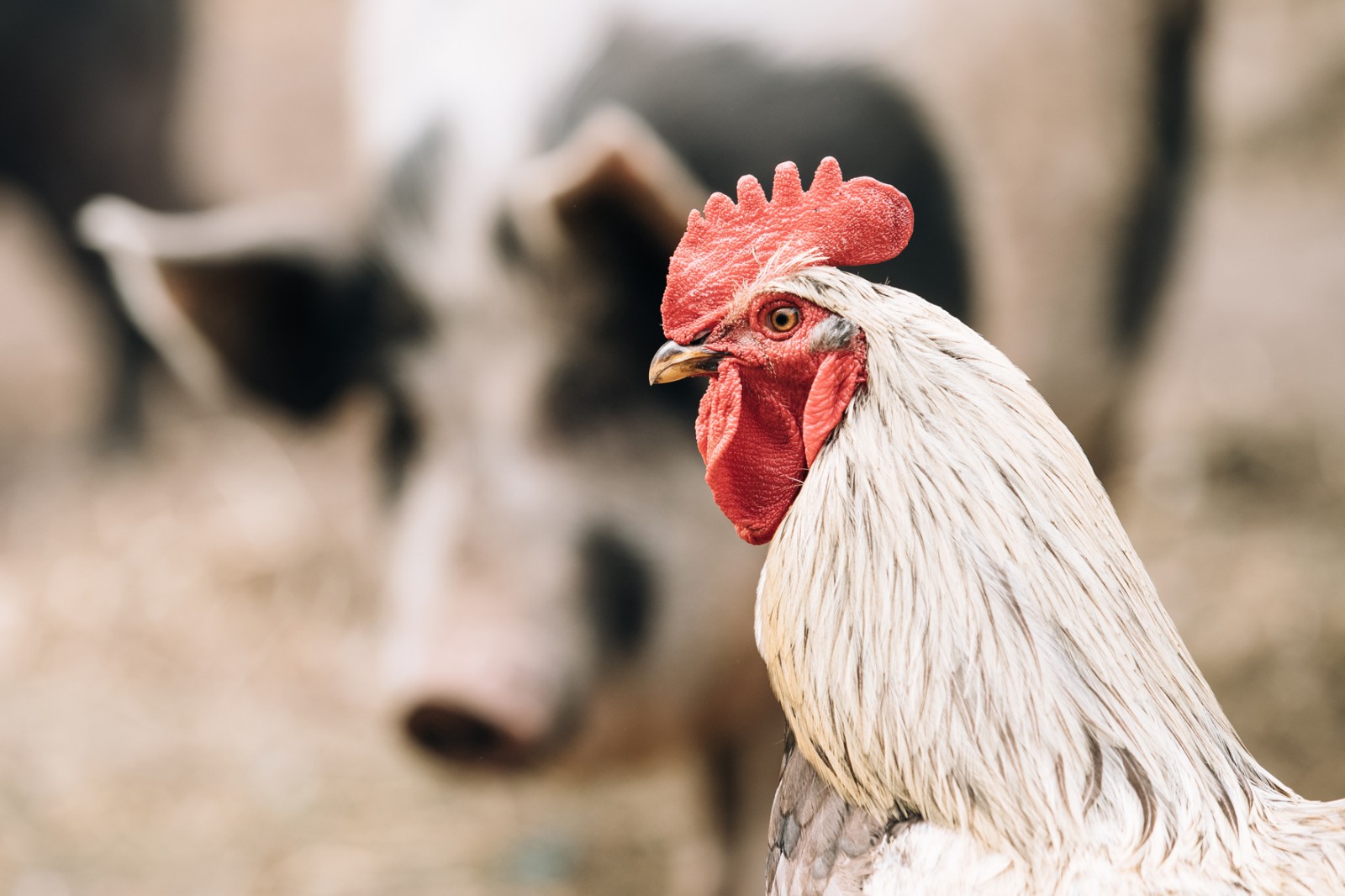Salmonella is a global threat to the public, business, and health.
The Centers for Disease Control (CDC) estimates that the bacteria cause about 1.35 million infections, 26,500 hospitalizations, and 420 deaths in the United States every year.1 The estimated annual cost to healthcare systems in the United States is more than $3.6 billion.2
It’s a problem that regulators are increasingly attempting to tackle. Both the US and Europe have introduced tracking requirements for the two serotypes most responsible for human infection, Salmonella Enteritidis and Salmonella Typhimurium, in poultry and other high-risk areas, such as pork and eggs.
To date, Salmonella testing has involved confirming the presence of the bacteria, then carrying out further tests to identify the serotype before taking the relevant corrective action. This is often an expensive, time-consuming journey that delays workflows, impacts timelines, and introduces risk into the food chain.
Food producers are more than aware of their moral and regulatory duty to protect public health and are looking for laboratories that can provide a targeted, streamlined approach.

The system is internationally validated for detecting the three targets in primary production samples, ground turkey, pork and poultry meat, shell eggs, and production environment samples (Photo shutterstock courtesy of Thermo Fisher Scientific)
Thermo Fisher Scientific’s new Thermo Scientific RapidFinder Salmonella species, Typhimurium and Enteritidis Multiplex Flex Kit workflow is a fast path to actionable answers. It is the only validated, certified system that can identify Salmonella species as well as differentiate between serovars Enteritidis and Typhimurium, and it can return next-day results. In short, it streamlines testing workflow and drastically reduces the wait time from testing to intervention or product release.
Compared with running separate PCR tests, the RapidFinder Salmonella Multiplex Kit workflow can reduce the cost of consumable goods by up to 50 percent, significantly lower labor costs – and increase confidence in food safety.
The system, which is internationally validated for detecting the three targets in primary production samples, ground turkey, pork and poultry meat, shell eggs, and production environment samples, offers in-house and contract testing laboratories:
· Speed: Detect and identify Salmonella species, Typhimurium, and Enteritidis in under 16 hours
· Simplicity: Simple sample preparation step provides scalability to higher-throughput and sample volumes
· Accuracy: Applied Biosystems TaqMan-based qPCR technology for sensitivity, specificity
and reliability
Bernd Hofmann, vice president, Thermo Fisher, said: “Salmonella outbreaks take a tremendous toll on our food supply channel. The cost to the global economy, in terms of hospitalizations, litigation, loss of work and loss of life are in the billions of dollars. It also has a great impact on organizations, as an outbreak can have major implications for brand integrity. At the same time, the globalization of the food supply chain means ever evolving, more complex regulations, as governments work to ensure consumer health.
“Thermo Fisher is focused on providing the industry with solutions that can help mitigate that impact. The RapidFinder solution provides actionable data from a single rapid workflow for the simultaneous real-time PCR detection and differentiation of Salmonella species from poultry and pork meats, eggs, environmental samples, and primary production samples.”
--
1. Salmonella. (2020). https://www.cdc.gov/salmonella/
2. Cost Estimates of Foodborne Illnesses. (2020). https://www.ers.usda.gov/data-products/cost-estimates-of-foodborne-illnesses.aspx














